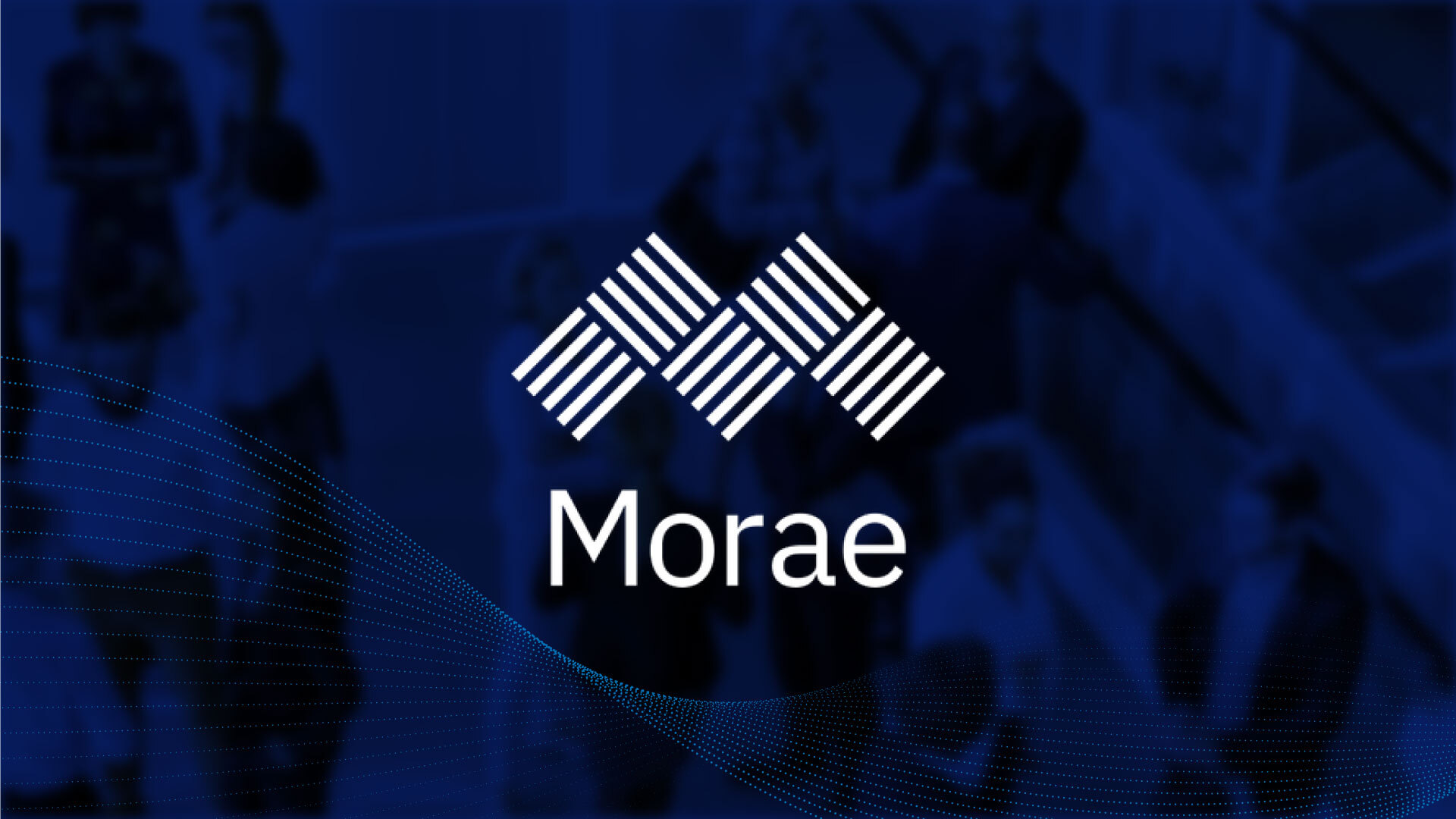
Wie der Begriff schon sagt, umfasst das Legal Document Management das Speichern und Verwalten von Dokumenten, die sich auf rechtliche Angelegenheiten beziehen. Anwälte arbeiten täglich mit einer hohen Anzahl an Dokumenten und Dateien; von Verträgen, Lizenzen und Briefen bis hin zu E-Mails, Bescheiden und Berichten. Aus diesem Grund benötigen sie Zugang zu Systemen, die nicht nur das Speichern von Dokumenten ermöglichen, sondern auch das Verfolgen, Verwalten und Suchen erleichtern. Tatsächlich sollte das Dokumentenmanagement nicht mit der Dokumentenablage verwechselt werden, bei der es sich lediglich um das Speichern und Sortieren von Dokumenten in Ordnern handelt, die entweder lokal oder auf einem Dateiserver gespeichert sind. Das Dokumentenmanagement geht weit darüber hinaus.
Es gibt zwar zahlreiche Tools für das digitale Dokumentenmanagement, jedoch unterscheiden sich die Praktiken des Dokumentenmanagements im juristischen Bereich oft stark von den Standards in anderen Branchen. Daher entstand in den 1990er Jahren eine spezielle Software, die Kanzleien und interne Rechtsteams bei der Verwaltung juristischer Dokumente unterstützt. Seitdem ist der Markt für juristisches Dokumentenmanagement stark gereift – Cloud-Lösungen wurden entwickelt und fokussieren sich auf die Kollaboration von Legal Teams.
WESENTLICHE MERKMALE EINES DOKUMENTENMANAGEMENTSYSTEMS (DMS)
Wie bereits erwähnt existieren mittlerweile zahlreiche Legal Document Management Softwareanbieter, die Rechtsteams beim Verwalten aller Dokumente und der Korrespondenz unterstützen. Die Anzahl ist so überwältigend, dass die Herausforderung eher darin liegt, das geeignete System auszuwählen und die benötigten Funktionen richtig zu definieren. Bevor wir zu den relevantesten Funktionen kommen, möchten wir uns einigen grundlegenden Funktionen widmen, die für ein gutes Legal Dokumentenmanagement-System unerlässlich sind:
SPEICHERN, ORGANISIEREN UND SUCHEN
Ein juristisches DMS sollte es Rechtsteams ermöglichen, ihre Dokumente zu speichern, zu organisieren und zu durchsuchen. Dazu gehört die Möglichkeit, Dokumente bei Bedarf zu verschieben und zu kopieren. Benutzer:innen sollten in der Lage sein, Metadaten zu jedem Dokument zu erfassen (z. B. Aktenzeichen, Team, Standort) und diese Metadaten sollten zusammen mit dem Dateinamen und dem Dokumentinhalt durchsuchbar sein.
VERSIONSKONTROLLE
Ein Legal DMS sollte auch über Versionskontrollfunktionen verfügen – so können verschiedene Versionen desselben Dokuments gespeichert (und in manchen Fällen wiederhergestellt) werden. So wird die Möglichkeit gegeben, Dokumente zu kontrollieren, um Versionskonflikte zu vermeiden. Auditing ist ebenfalls wichtig – es sollte eine Aufzeichnung jeder Interaktion zwischen Benutzer:innen und einer Dokumentversion geben, damit klar ist, wer wann welche Änderung vorgenommen hat.
KOMPATIBILITÄT MIT DER VORHANDENEN IT-LANDSCHAFT
Dokumente sollten in ihren nativen Anwendungen direkt aus dem Legal DMS geöffnet werden können. Außerdem ist es wichtig, dass Dokumente (sowohl eine Kopie als auch ein Link zum zugrunde liegenden Dokument) über das juristische DMS geteilt werden können.
Da in der Regel eine hohe Anzahl an Dokumenten per E-Mail ausgetauscht werden, ist eine Integration mit MS Outlook und anderen E-Mail-Clients unerlässlich. So können Dokumente per E-Mail versendet werden und E-Mails und deren Anhänge lassen sich im System speichern. Aus diesem Grund ist es auch wichtig, dass Legal Document Management-Systeme das Speichern sowohl von E-Mails als auch von deren Metadaten unterstützen.
NUMBERING
Bei vielen Dokumenten und Versionen ist eine Nummerierungskonzept notwendig. Achten Sie daher auf Systeme, die Dokumente automatisch nummerieren, einschließlich Sach- und Versionsnummern.
WICHTIGE LEGAL DMS-FUNKTIONEN
Neben den Kernfunktionen gibt es weitere wichtige Funktionen, die es bei Legal Document Management-Systemen zu beachten gilt:
SICHERHEIT UND COMPLIANCE
Jurist:innen müssen sicherstellen, dass das System die Compliance- und Sicherheitsstandards der Branche einhält. Achten Sie bei der Auswahl eines Legal DMS darauf, dass es über erstklassige und branchenweit anerkannte Sicherheitszertifizierungen verfügt, wie beispielsweise ISO, HIPAA und SOC. Zusätzlich sollte es über eine ausgezeichnete Infrastruktursicherheit verfügen, einschließlich Firewalls, Application-Level-Filterung, Antiviren-Scanning und Intrusion Detection, um wertvolle Informationen zu schützen. Stellen Sie außerdem sicher, dass die Daten sowohl bei der Übertragung als auch im Ruhezustand verschlüsselt sind. Auch die Anwendungssicherheit ist von entscheidender Bedeutung – wie der Passwort-Ablauf und IP-Beschränkungen für Cloud-basierte Lösungen. Jeder Legal DMS-Anbieter sollte seine Daten an mehreren Standorten sichern, um die Integrität der Daten zu gewährleisten, und zusätzlich großen Wert auf robuste Disaster-Recovery-Verfahren legen. Achten Sie auf Systeme, die gründlich und regelmäßig von externen Sicherheitsexpert:innen geprüft werden, die unter anderem Penetrationstests anbieten. Wenn Sie sich für eine Cloud-Lösung entscheiden, erfragen Sie, wo Ihre Daten gespeichert werden und vergewissern sie sich, dass die Rechenzentren über die modernsten physischen Sicherheiten verfügen. Mehr zum Thema Datensicherheit rund um unsere Softwarelösungen erfahren Sie hier.
RECORDS MANAGEMENT
Der Begriff “Records Management” umfasst das Verwalten, Erstellen, Verwenden und Entsorgen von Daten und Dokumenten. Es ist somit ein wichtiger Bestandteil der Risiko- und Compliance-Aktivitäten der meisten Organisationen. Daher sollte jedes Legal Document Management-System in der Lage dazu sein, Dokumenten eindeutige Identifikatoren zuzuweisen und unbefugte Änderungen an Dokumenten zu verhindern. Außerdem sollte das System das Sperren von Dokumenten erlauben, um unbefugte Änderungen zu verhindern sowie Prüfpfade für den Lebenszyklus von Dokumenten anbieten. Das System sollte auch eine Aufbewahrungsplanung unterstützen und entsprechende Regeln dafür anbieten, wie lange verschiedene Dokumente gespeichert werden sollten. Diese Regeln sollten auf Grundlage der Dokumentenart automatisch zugewiesen werden. Schließlich sollte das Legal DMS die Disposition von Dokumenten ermöglichen, welche nicht mehr aufbewahrt werden müssen.
BERECHTIGUNGSMANAGEMENT
Achten Sie auf Systeme, die eine rollenbasierte Rechtevergabe ermöglichen, um das Risiko eines unbefugten Zugriffs auf sensible Informationen zu reduzieren. Mit dieser Funktionalität kann der Zugriff auf Dokumente und Ordner nur für bestimmte Benutzer:innen oder Gruppen eingeschränkt werden. Manchmal reicht diese Berechtigungsstufe jedoch nicht aus, wenn bestimmte Matter und die damit verbundenen Daten nur für eine kleine Gruppe von Personen vollständig verborgen werden sollen. Nur weil man ein bestimmtes Dokument nicht sehen kann, heißt das nicht, dass die Metadaten (z.B. der Name der Matter) auch in anderen Bereichen des Systems, wie z.B. den Nachschlagewerken, verborgen bleiben. Dieser Umstand kann bei hochsensiblen Matter ein Problem darstellen. Sie sollten daher nach einem Legal DMS Ausschau halten, welches tatsächlich die gesamte Matter sperrt. Neben der Matter werden somit auch die zugehörigen Daten und Dokumente für nicht autorisierte Benutzer:innen im System ausgeblendet.
INTEGRATIONEN
Dokumente, insbesondere Verträge, sind Teil eines umfassenderen Lebenszyklus. Sie werden erstellt, verhandelt, überprüft, ausgeführt und verwaltet. Während Legal Document Management-Systeme beim Speichern und Versionieren helfen, verlassen sich viele Rechtsteams darüber hinaus noch auf andere Tools, um die verschiedenen Elemente des Dokumentenlebenszyklus zu unterstützen. Aus diesem Grund sollten Sie bei der Auswahl eines Legal DMS auf die Verfügbarkeit von verschiedenen Integrationen achten – sowohl auf solche die zum jetzigen Zeitpunkt zwingend erforderlich sind als auch auf solche die in Zukunft relevant werden könnten. Mindestens mit Microsoft Office und Outlook muss das System gut integrierbar sein. Die Corona-Pandemie hat auch einige Veränderungen im Arbeitsumfeld mit sich gebracht – die meisten Teams arbeiten fortan dezentral. Deshalb sollte das Legal DMS sich ebenfalls mit Tools für Zusammenarbeit und Instant Messaging wie MS Teams und Slack integrieren lassen. Ebenfalls sinnvoll ist unter diesem Aspekt auch eine Integration mit Tools für die Dokumentenerstellung sowie mit eSignatur-Tools. Vielleicht möchten Sie auch Legal DMS-Plattformen bevorzugen, die mit Tools für künstliche Intelligenz (KI) integriert sind, damit Sie Ihre Dokumente intelligent sortieren, kategorisieren und überprüfen und wichtige Daten extrahieren können. KI-Integrationen können erheblich dazu beitragen, die Qualität der Suche innerhalb Ihres Legal DMS zu verbessern.
Juristische Dokumente gehen Hand in Hand mit Matter und Projekten. Deshalb ist eine sehr enge Abstimmung zwischen einem Legal DMS und einem Matter-Management-System unabdingbar. So können Vorgangsdaten mit Dokumenten und Rechnungen im DMS verknüpft werden und das Matter Management-System kann relevante Dokumente für einen bestimmten Vorgang heranziehen. Damit Rechtsteams effizient arbeiten können, müssen sie ihre Daten über mehrere Systeme hinweg konsolidieren und abgleichen. Eine optimale User Experience wird erzielt, wenn die Benutzer:innen nicht ständig zwischen verschiedenen Software-Tools hin- und herwechseln müssen. Alle Ihre Systeme müssen deshalb miteinander kommunizieren, damit die Anwälte einfach durch Matter und Dokumente navigieren können. Rechtsteams sollten mit dem Aufbau ihres „Legal Operations Space“ beginnen – bestehend aus einem Legal Document Management- und/ oder einem vollumfänglichen Matter Management-System, einem eBilling-System und einem Vertragsmanagement-System.
BEREITSTELLUNGSOPTIONEN
Beim Kauf eines Legal DMS können Sie meist zwischen zwei Hosting-Optionen wählen: On-Premise, was bedeutet, dass das System und die Dokumente in der IT-Infrastruktur Ihres Unternehmens gehostet und gespeichert werden, und Cloud, wo sie auf sicheren Remote-Servern in einem oder mehreren Rechenzentren gehostet und gespeichert werden. Mittlerweile ist eine dritte Option denkbar – die hybride Speicherung – bei der die Anwendung in der Cloud gehostet wird, die Dokumente und Daten aber vor Ort gespeichert werden.
Die Vorteile der Cloud liegen in der schnellen Bereitstellung, der Skalierbarkeit und den geringeren Betriebs- und Wartungskosten. On-Premise- und Hybrid-Lösungen eignen sich jedoch für Organisationen, die mehr Kontrolle über ihre Daten wünschen und höhere Sicherheitsanforderungen haben. Organisationen wie Finanzinstitute benötigen ein sehr hohes Maß an Sicherheit. Während einige Cloud-Anbieter diese Standards erfüllen können, werden andere Organisationen immer auf On-Premise-Implementierungen bestehen. Stellen Sie sicher, dass Sie Ihre Bereitstellung und Dokumenten-Hosting Anforderungen kennen und ihr Legal DMS diese erfüllt.
KOLLABORATION UND PRODUKTIVITÄT
Ein gutes Legal Document Management-System erleichtert Ihnen und Ihrem Team die alltägliche Arbeit enorm. Die Zusammenarbeit an Dokumenten verlagert sich zunehmend ins Internet mit Tools zum gemeinsamen Erstellen von Dokumenten – einschließlich der Dokumente, die in MS Office Online enthalten sind. Das Team kann in Echtzeit gemeinsam an Dokumenten arbeiten. Deshalb sollte das Legal DMS Kollaborationstools und Integrationen anbieten, die den Benutzer:innen helfen, Dokumente nicht nur zu speichern und zu finden, sondern auch gemeinsam an ihnen zu arbeiten. Achten Sie auf Legal DMS-Plattformen, die eine Reihe von Kollaborationsfunktionen bieten – von Co-Authoring bis hin zu Kommentaren und Genehmigungen. Da immer mehr Mitarbeiter:innen an entfernten Standorten arbeiten, sollten Sie auch prüfen, ob das Legal DMS über Tools verfügt, die asynchrones Arbeiten in räumlich verteilten Teams ermöglichen und unterstützen. KI-basierte Tools stellen intelligente Suchfunktionen bereit, somit haben Benutzer:innen besseren Zugriff auf juristisches Know-How – ein erheblicher Vorteil in der Nutzung von Kollaborationstools.
VERWANDELN SIE CHAOS IN ORDNUNG – MIT EINEM LEGAL DMS
Ein Legal DMS kann die Arbeitsweise Ihres gesamten Rechtsteams nachhaltig verändern – sowohl in Bezug auf die Zusammenarbeit als auch in Bezug auf Wissen. Es bringt Ordnung in das Chaos der juristischen Dokumente und schafft ein sicheres und durchsuchbares Repository, mit dem Ihr Team schnell und einfach auf die benötigten Dokumente zugreifen kann. Mit den richtigen Integrationen und Funktionen ermöglicht es, den gesamten Lebenszyklus von Dokumenten zu verwalten, und macht Ihr Rechtsteam mit verschiedenen Kollaborations-Tools produktiver.
Beenden Sie die endlose Dokumenten-Suche in E-Mails, lokalen Ordnern und freigegebenen Laufwerken und machen Sie den Sprung zu einem modernen DMS für die Rechtsabteilung. Wir hoffen, dass unsere Tipps Sie und Ihr Team auf den Weg in eine effiziente und produktive Zukunft bringen, in der die Arbeit mit Dokumenten ein Vergnügen und keine lästige Pflicht ist.










